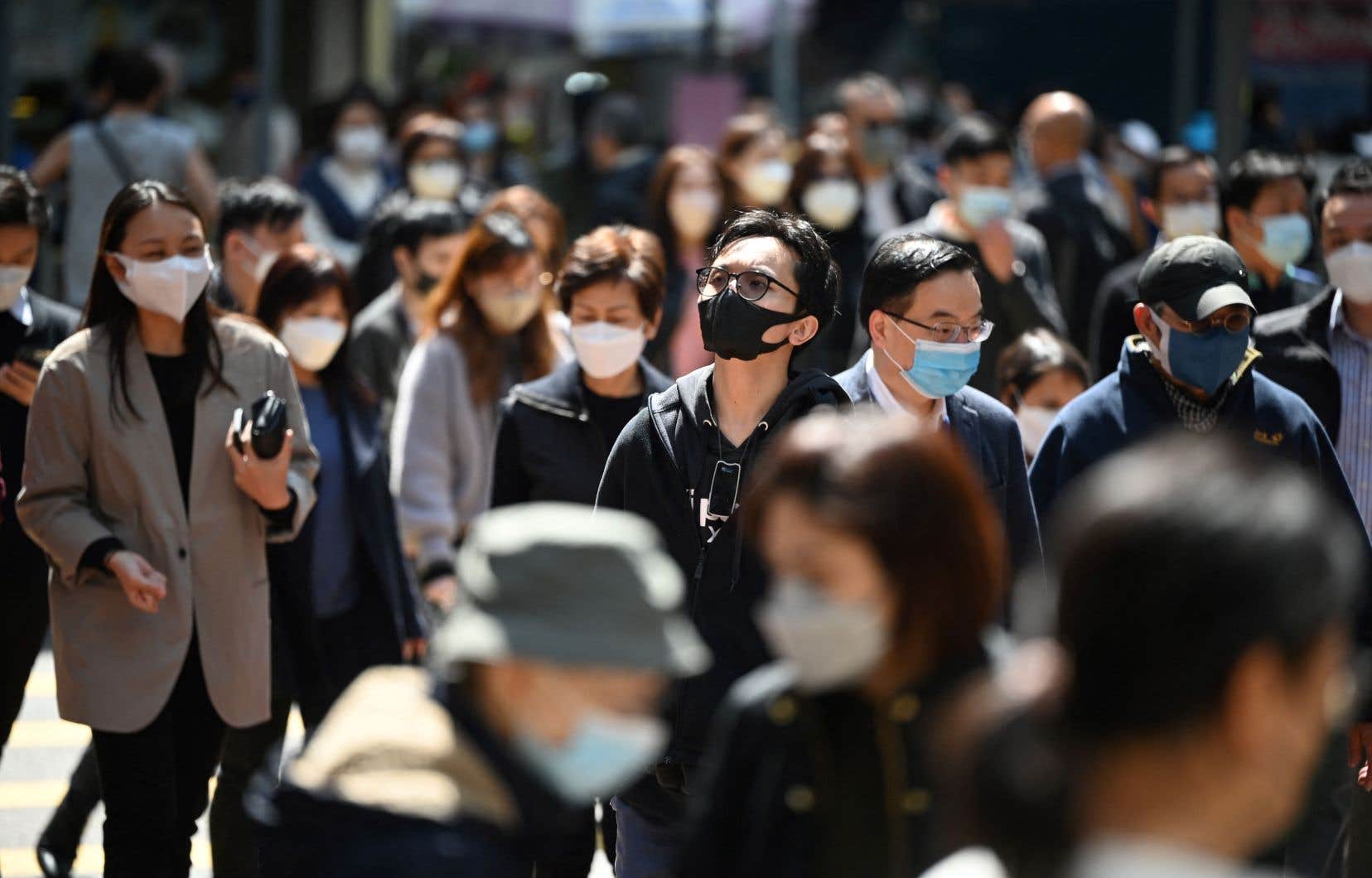The World Health Organization (WHO) has formally requested China to provide information on a potentially worrying surge in respiratory illnesses and cases of pneumonia among children.
The U.N. health agency cited unspecified media and a global infectious disease monitoring service reporting undiagnosed cases of pneumonia in children in northern China. In a statement released late Wednesday, the WHO said it was not certain whether these cases were linked to the increase in respiratory infections reported by Chinese authorities.
Outside scientists said the situation merited close monitoring, but they were not convinced that the recent surge in respiratory illnesses in China signaled the start of a new global outbreak.
The emergence of new strains of influenza or other viruses capable of triggering pandemics usually begins with clusters of undiagnosed respiratory illnesses. SARS and COVID-19 were first reported as unusual types of pneumonia.
The WHO noted that authorities at China’s National Health Commission reported an increase in respiratory illnesses on November 13, which they said was due to the lifting of COVID-19 restrictions. Other countries also saw an increase in respiratory illnesses such as respiratory syncytial virus (RSV) when pandemic restrictions ended.
The WHO said that a week later, media reported undiagnosed cases of pneumonia in children in northern China.
“It is not known whether these cases are associated with the general increase in respiratory infections previously reported by Chinese authorities or whether they are separate events,” the WHO said, adding that it had asked China to provide more details on the viruses currently circulating and the possible increase in hospital workload, through an international legal mechanism.
Seasonal respiratory infections
Dr David Heymann, of the London School of Hygiene and Tropical Medicine, said seasonal respiratory infections were likely behind this.
“The challenge is to discern the outbreaks and determine the cause,” Dr. Heymann said in a statement, adding that genetic sequencing and isolation of cases would be essential. He led the WHO response to the 2002-2003 SARS outbreak.
François Balloux, of University College London, added that the current wave of illnesses in China was likely due to respiratory illnesses such as influenza, RSV or bacterial infection.
He said China was likely experiencing a significant wave of childhood infections because it was the first winter since lockdown restrictions were lifted, which likely reduced children’s immunity to common microbes.
“Unless new elements appear, there is no reason to suspect the emergence of a new pathogen,” assured Mr. Balloux.
The WHO said northern China had reported an increase in flu-like illnesses since mid-October compared to the previous three years. It is rare for the UN health agency to publicly request more detailed information from countries, with such requests usually made in private.
Epidemics under surveillance
Outbreaks have overwhelmed some hospitals in northern China, including Beijing, and health authorities have asked the public to take children with less severe symptoms to clinics or other facilities.
The average number of patients in the internal medicine department of Beijing Children’s Hospital has reached 7,000 per day, exceeding the hospital’s capacity, China National Radio said in an online article published earlier this week .
China’s National Health Commission, in a written question-and-answer document posted online by the official Xinhua news agency, suggested Thursday that children with mild symptoms “go to health care facilities first.” primary health care or pediatric departments of general hospitals,” because large hospitals are crowded and waiting times are long.
The health commission said it was paying close attention to the high incidence of infectious diseases among children and was “guiding local authorities to improve coordination of programming and implement a system of multilevel diagnosis and treatment.
After SARS broke out in southern China in 2002, authorities in Beijing asked doctors to hide patients, with some of them taken away in ambulances while WHO scientists visited the country. The WHO then threatened to close its office in China.
Nearly two decades later, China was slow to share critical information about the coronavirus with the United Nations health agency after the novel virus emerged in late 2019. The WHO publicly applauded China’s commitment. China to stop the virus ― weeks before it began causing explosive outbreaks around the world.
“As WHO seeks this additional information, we recommend that people in China follow measures to reduce the risk of respiratory illness,” the agency said, advising people to get vaccinated, self-isolate if they feel sick, to wear masks as needed and to receive medical care if necessary.
